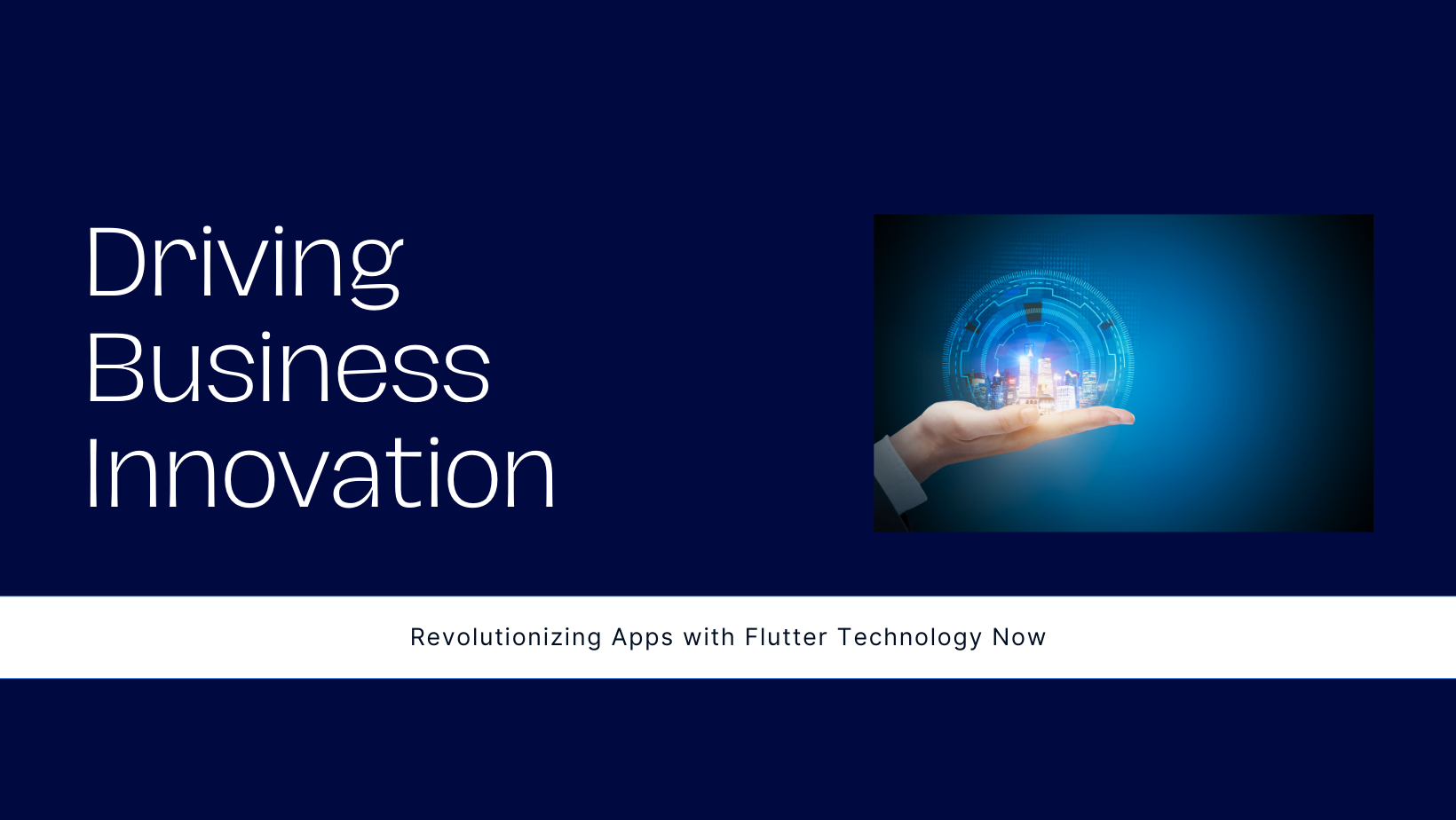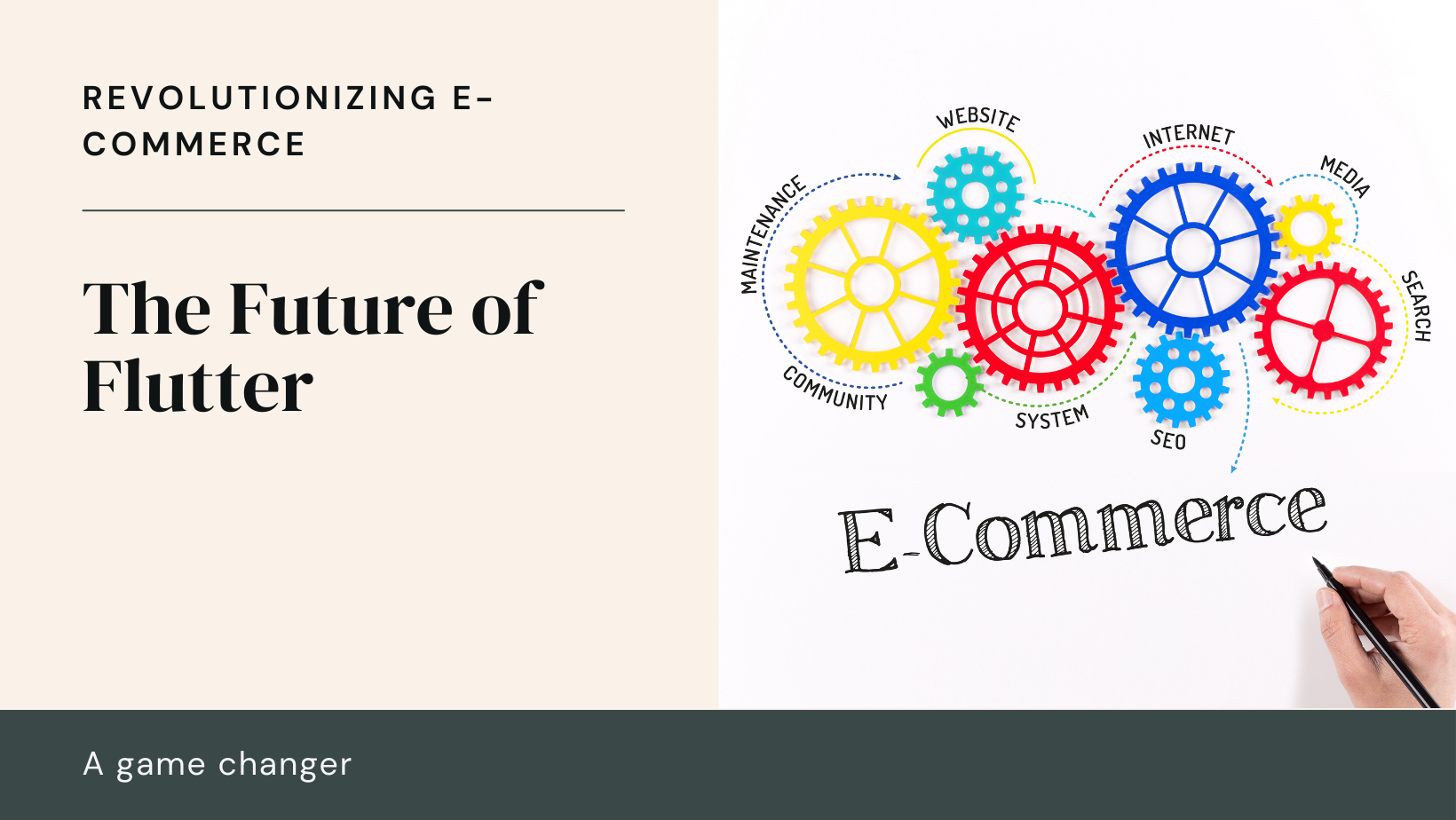In the rapidly advancing world of software development, Flutter, Google’s open-source UI toolkit, is making significant waves. Launched in 2017, Flutter has garnered attention for its ability to streamline the development process by allowing developers to build natively compiled applications for multiple platforms from a single codebase. This blog delves into the future of Flutter in the business world, exploring its potential impact, advantages, and the evolving trends that are likely to shape its role in business applications.
What is Flutter?
Overview of Flutter
Flutter is a UI toolkit developed by Google that enables the creation of natively compiled applications for mobile, web, and desktop from a single codebase. It employs the Dart programming language, which contributes to its efficiency and performance. Flutter’s core features include a rich set of pre-designed widgets, a highly customizable framework, and the ability to deliver smooth, high-performance apps.
Why Businesses are Embracing Flutter
Businesses are increasingly turning to Flutter for its ability to reduce development time and costs while ensuring high-quality, consistent user experiences across platforms. Its cross-platform capabilities are particularly attractive to organizations looking to streamline their development processes and optimize their resource allocation.
Benefits of Flutter for Businesses
1. Accelerated Development Time
One of the most significant advantages of Flutter is its ability to speed up the development process:
- Single Codebase: Flutter allows developers to write code once and deploy it across multiple platforms, which drastically reduces development time compared to maintaining separate codebases for iOS and Android.
- Hot Reload: This feature enables developers to instantly view changes in their code, facilitating rapid experimentation and iteration, and ultimately speeding up the development cycle.
2. Cost Efficiency
Flutter’s cost-efficiency is a major draw for businesses:
- Reduced Development Costs: By enabling cross-platform development, Flutter minimizes the need for separate development teams for different platforms, leading to significant cost savings.
- Lower Maintenance Costs: A unified codebase simplifies updates and maintenance, allowing businesses to address issues and roll out new features more efficiently.
3. Consistent User Experience
Providing a consistent user experience across platforms is crucial for maintaining brand integrity:
- Unified Design: Flutter’s comprehensive widget library and design guidelines ensure that apps look and feel consistent on both iOS and Android, enhancing user satisfaction.
- High Performance: The framework’s ability to deliver high-performance apps with smooth animations and transitions contributes to a superior user experience.
4. Flexibility and Customization
Flutter offers flexibility and customization options that are beneficial for businesses:
- Customizable Widgets: The toolkit includes a wide range of customizable widgets, allowing businesses to tailor their apps to meet specific design and functional requirements.
- Scalability: Flutter’s architecture supports the development of complex, scalable applications, making it suitable for businesses of all sizes.
Trends Shaping the Future of Flutter in Business
1. Expansion into Web and Desktop Applications
Flutter’s future is poised to extend beyond mobile app development:
- Web Applications: Flutter for Web is gaining traction, allowing businesses to create web applications with the same codebase used for mobile apps. This integration offers a seamless experience across different platforms.
- Desktop Applications: Flutter is also expanding into desktop development, enabling businesses to build cross-platform applications for Windows, macOS, and Linux.
2. Integration with Emerging Technologies
The integration of emerging technologies is likely to play a significant role in Flutter’s future:
- Augmented Reality (AR) and Virtual Reality (VR): Flutter’s potential to support AR and VR technologies opens new avenues for businesses to create immersive user experiences.
- Internet of Things (IoT): With the growing IoT market, Flutter’s ability to interact with various devices and sensors can enhance its appeal for businesses in this sector.
3. Enhanced Support and Ecosystem
As Flutter continues to evolve, its support and ecosystem are expected to grow:
- Community Contributions: The active Flutter community contributes to a growing library of packages and plugins, enhancing the framework’s capabilities and making it easier for businesses to implement specialized features.
- Google’s Investment: Google’s ongoing investment in Flutter ensures continued improvements, support, and innovations, solidifying its position as a leading development toolkit.
4. Adoption in Enterprise Solutions
Flutter’s adoption in enterprise solutions is on the rise:
- Enterprise-Grade Applications: Businesses are increasingly using Flutter to build robust, enterprise-grade applications that require high performance and scalability.
- Custom Solutions: Flutter’s flexibility and customization options make it an attractive choice for developing bespoke solutions tailored to specific business needs.
Challenges and Considerations
1. Limited Third-Party Libraries
While Flutter’s ecosystem is growing, it still faces challenges with third-party libraries:
- Library Availability: Some specialized libraries or plugins may not yet be available or might have limited functionality compared to native solutions.
- Community Contributions: The availability and quality of libraries often depend on community contributions, which can vary.
2. Learning Curve for Dart
The Dart programming language, used with Flutter, may present a learning curve:
- New Language: Developers familiar with other languages may need time to adapt to Dart, although its syntax is relatively straightforward.
- Transition from Other Frameworks: Transitioning from other frameworks to Flutter may require adjusting to its unique paradigms and development practices.
3. Platform-Specific Integrations
Integrating platform-specific features can be complex:
- Native Features: Accessing certain native functionalities may require writing custom code or using platform channels, adding complexity to the development process.
- Performance Optimization: Ensuring optimal performance across all platforms may necessitate fine-tuning and adjustments specific to each platform.
Best Practices for Businesses Using Flutter
1. Embrace Flutter’s Design Principles
Adhering to Flutter’s design principles ensures a consistent and high-quality user experience:
- Follow Design Guidelines: Utilize Flutter’s design guidelines for creating cohesive and aesthetically pleasing user interfaces.
- Optimize Performance: Implement performance optimization strategies, such as efficient widget use and effective state management, to enhance app performance.
2. Leverage Flutter’s Ecosystem
Make the most of Flutter’s growing ecosystem:
- Explore Packages: Use Flutter’s package repository to find pre-built solutions that can streamline development and enhance functionality.
- Contribute to the Community: Contributing to the Flutter community can help improve the ecosystem and support the framework’s growth.
3. Plan for Future Expansion
Consider future expansion and scalability:
- Cross-Platform Opportunities: Plan for expanding your app to web and desktop platforms to maximize its reach and usability.
- Emerging Technologies: Stay informed about emerging technologies and how they might integrate with Flutter to keep your business applications innovative and competitive.
Conclusion
The future of Flutter in business is bright, driven by its ability to deliver high-performance, cross-platform applications efficiently and cost-effectively. As the framework continues to evolve and expand into web, desktop, and emerging technology domains, its role in the business landscape is set to grow. By leveraging Flutter’s benefits, adhering to best practices, and staying informed about emerging trends, businesses can harness its full potential to drive innovation and achieve success in the digital age.







